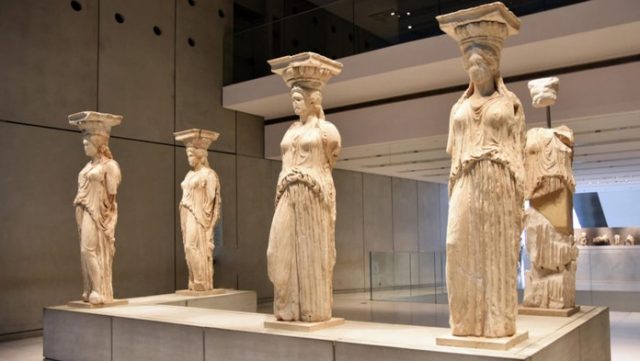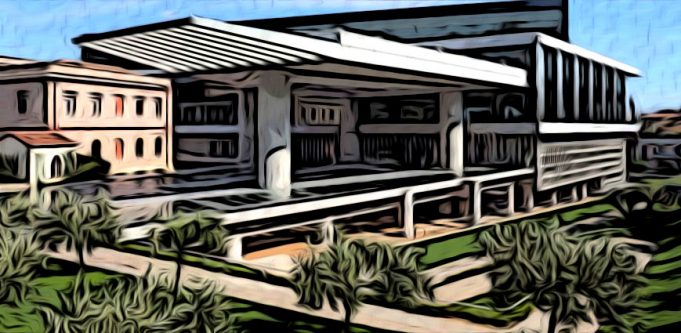The Acropolis Museum is among the best rated museums in the whole world. Devoted to the Parthenon and its surrounding temples, it’s home to masterpieces of Archaic and Classical art that once belonged on the Sacred Rock. Just a visit can provide you with crucial things about Ancient Greece’s stand in the world heritage.
1Background
The Acropolis Museum is a modern, architecturally minimalistic yet imposing complex, designed by Bernard Tschumi and Michael Fotiadis to showcase its treasures and build a visual bridge that brings the ancient citadel almost within reach of the visitors inside. Opened in 2009, it is 10 times larger than its predecessor – with 14,000 square meters of exhibition space, it combines traditional displaying methods with innovative technology to acknowledge its visitors.
2The Archaic Gallery

In the Archaic Gallery on the first floor, you will discover the exhibits all around, just like they would have been seen by actual visitors ascending the Acropolis almost 26 centuries ago. The focus here is one of the most important periods in Athenian history (700 – 479 BC), defined by the development of the city-state and successive changes to the political system (by Solon, Peisistratos and Cleisthenes), which eventually led to democracy. Galleries dedicated to three important buildings: the Propylaia, the Temple of Athena Nike, and lastly, the Erechtheion are also in the first floor of the Acropolis Museum.
In the Archaic Gallery on the first floor, you will discover the exhibits all around, just like they would have been seen by actual visitors ascending the Acropolis almost 26 centuries ago.
3The Caryatids & Hekatompedon
On the first floor, you will also find five Caryatids, the original maidens that once held up the roof of the southern porch of the Erechtheion, considered the most sacred part of the Acropolis. They were removed in 1979 in order to protect them from exposure.
Furthermore, the permanent exhibition on level one of the Acropolis Museum includes remnants from the archaic period and in particular the enormous ‘poros’ pediment from the Parthenon at this time. Dating back to 570 BC, The Hekatompedon was the earliest known building on the Acropolis. Obviously, it’s over 100 years older than Parthenon. It was made of limestone. Its name, literally meaning 100 feet in Greek, was inscribed on an ancient tablet found around the ancient site. The surviving elements on display depict Heracles wrestling a mythological beast, and a three bodied monster holdings objects representing the elements of water, wind and fire.
4The Parthenon
In the stunning Parthenon Gallery on the third floor on top, walls of glass afford views of the temple and of Athens. The Parthenon’s sculpted frieze and metopes are arranged in sequence in the Acropolis Museum so they can be viewed as they once were – they have the identical cardinal orientation. The base material is the Pentelic marble, further embellished with metal attachments and paint. The designs were completed over the course of 15 years.
As the subject of the frieze, many scholars believe the Procession of the Greater Panathenaia, a 12-day festival held every four years, which included special rites, sacrifices, athletic contests and musical competitions, is on display; while the southern frieze depicts the horsemen, chariots and sacrificial procession. The Parthenon section of the Acropolis Museum also hosts 92 relief panels or metopes that were once part of the external colonnades of the temple, and the two pediments which are the triangular areas formed by the sloping & horizontal cornering of the roof depict scenes, characters, and gods from the Greek mythology.




